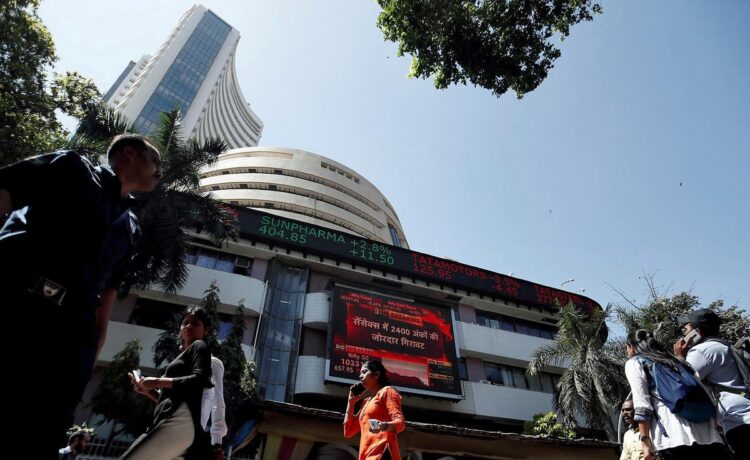The current environment for the capital markets is extraordinarily positive, with a prevailing bullish sentiment. We are in the midst of one of the most significant revolutions, as retail investors, who historically stayed away from the market, are now participating in unprecedented numbers. Demat accounts have skyrocketed from 40 million (4 crore) in 2020 to 160 million (16 crore) today.
This surge was catalysed by the seamless digital onboarding process that emerged during the COVID-19 pandemic. This process allowed investors to open a Demat account and start investing in mere minutes. Consequently, the market saw a dramatic increase in new investors, with monthly figures rising from 3,00,000 to 4 million. Last month alone, 4.2 million new accounts were opened, thanks to enhanced digital infrastructure.

In the last four years, the retail investor base has expanded from 40 million to 163 million, with projections suggesting it could reach 300 million (30 Crore) in the next 3 to 4 years. This influx of retail investors means a significant portion of household financial savings is now being funnelled into the market. A key catalyst for this incredible growth is one of SEBI’s noteworthy initiatives, which is prioritising capital formation, making it easier for retail investors to invest and ensuring low costs, thereby maximising net returns for even the smallest investors.
India is now witnessing a revolutionary phase in equity investment. As this capital is injected into the economy, substantial growth follows. This dynamic is driven by our economy’s two key groups: entrepreneurs and consumers. Entrepreneurs create what consumers demand, thereby driving economic growth. Previously, a lack of equity stifled entrepreneurial ventures, but since 2020, we have seen a flood of equity. This shift is exemplified by the recent New Fund Offer (NFO) infusion of ₹40,000 crore, with monthly inflows now averaging ₹75,000 to ₹80,000 crore. Consequently, this results in an annual influx of ₹9 to ₹10 lakh crore into the market, significantly boosting entrepreneurial activity and fostering a hopeful outlook for economic development.
For entrepreneurs, this is a golden era in India, The AmritKal. With a market of 1.5 billion people in the country, the opportunities are vast. Entrepreneurs can pursue their ventures without queuing up for jobs, supported by global equity investment in promising ideas. Access to equity also paves the way for bank loans, creating a conducive environment for entrepreneurial success.
This surge in capital is not a short-term phenomenon but a structural change in the economy. The injection of ₹8 to ₹10 lakh crore annually will have profound effects, akin to diverting the Ganga’s waters to Rajasthan — initially causing floods, but eventually leading to a green revolution in the desert. India is on the brink of an entrepreneurship revolution, provided this influx is well-managed. SEBI is currently excelling in managing this investment flood, ensuring orderly money flow.
India’s well-regulated market attracts substantial investments. It is now up to the government to craft policies that leverage this capital influx strategically. Savers, who previously sought 6 to 7% interest, are now taking equity risks, marking a significant shift. The upcoming budget will reflect this transformation and shape policies accordingly.
This is an opportune moment. India’s capital markets should be harnessed for strategic advantage, particularly against global competitors like China.
Budget Expectations
Our current focus may not be on seeking tax breaks but rather on achieving a smoother tax administration. Removing bureaucratic hurdles is essential for fostering growth and efficiency. Our market infrastructure is already robust, well-planned, and designed for optimal performance. This is one of India’s key competitive advantages —a thriving, well-functioning capital market. The challenge before us is to leverage this advantage effectively for the nation’s benefit.
Just as software exports have been a boon, the capital market presents a similar opportunity. We must make our capital market the most efficient and reliable, attracting smaller neighbouring countries like the Philippines, Bangladesh, Sri Lanka, Pakistan, and Afghanistan to utilise our market. Why can’t India become the capital market hub for the subcontinent?
To achieve this, we must eliminate administrative irritants and create an enabling environment for investors and entrepreneurs alike.
(Raamdeo Agrawal is Chairman & Co-founder, Motilal Oswal Financial Services )
(As told to Lalatendu Mishra)
month
Please support quality journalism.
Please support quality journalism.

